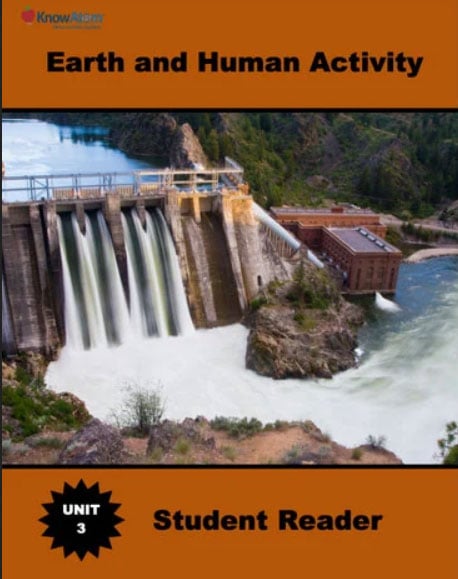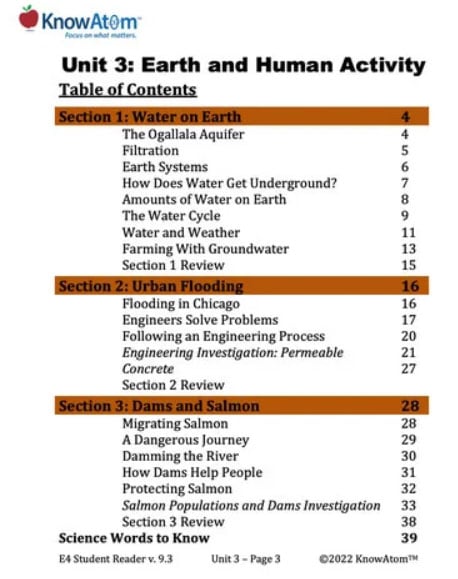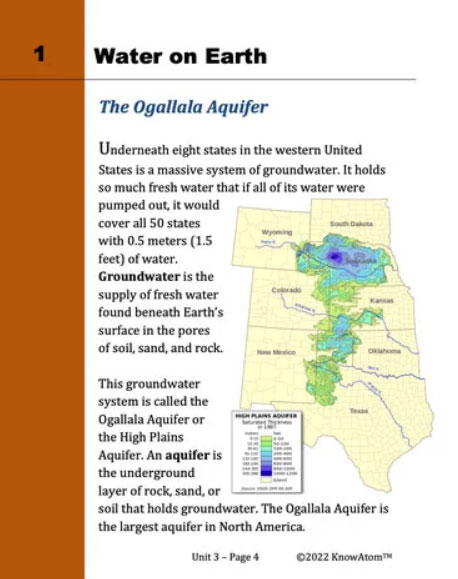In this lesson, students apply their knowledge of water as a natural resource and engineering to determine how the use of dams helps people by controlling the river and providing electricity, but it also has negative impacts on the environment—specifically on native Chinook salmon populations.










